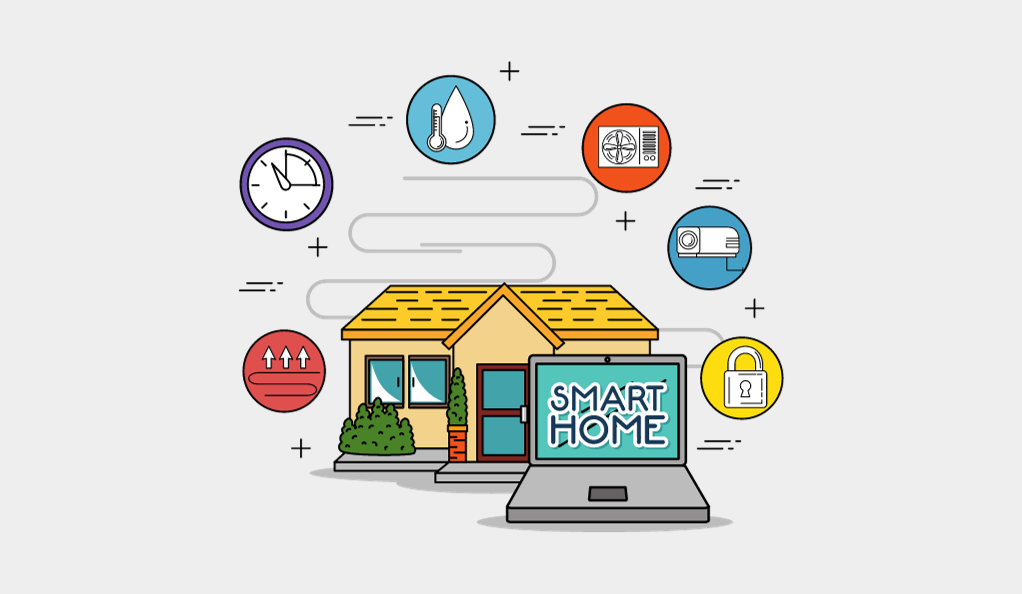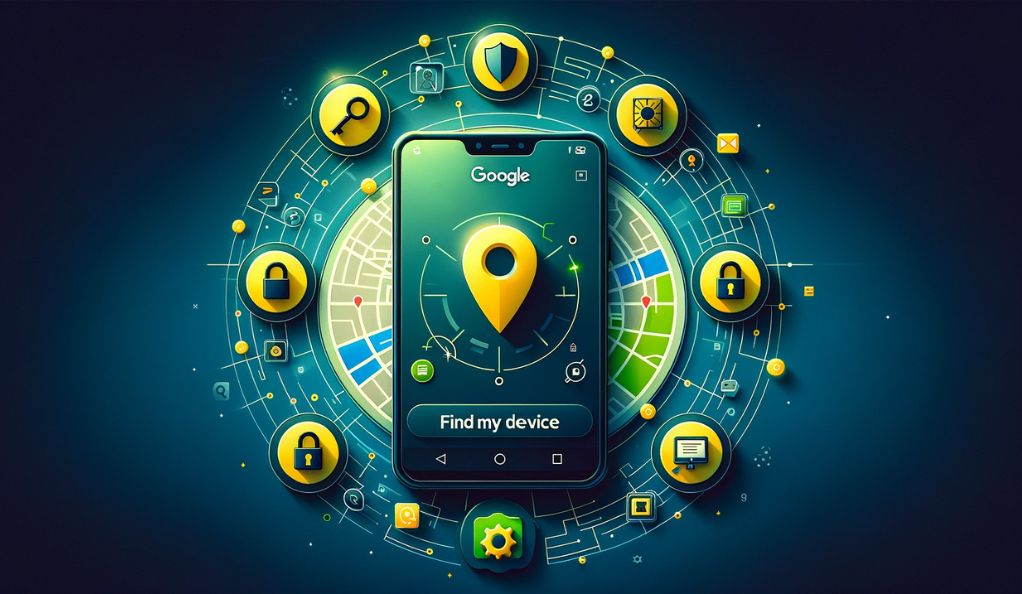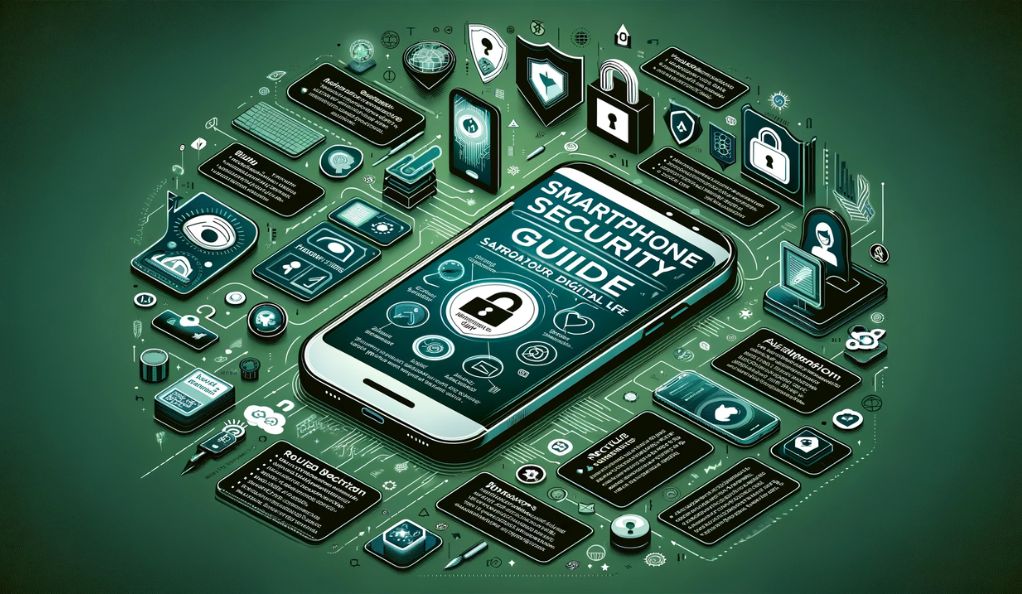In the age of digital transformation, our homes have evolved from mere brick and mortar structures to sophisticated, interconnected hubs of technology. This evolution, driven by the desire for convenience, efficiency, and modernity, has given birth to the concept of the ‘Smart Home’. But as with all technological advancements, there are two sides to the coin. While these innovations offer unprecedented convenience, they also present new challenges, particularly in the realm of security.
The Evolution of Home Automation
The journey of home automation began with simple labor-saving machines in the early 1900s. With the introduction of electric power distribution, self-contained electric or gas-powered appliances like washing machines, water heaters, and refrigerators became household staples. Fast forward to the 1970s, and we saw the development of the first general-purpose home automation network technology, X10. This technology allowed electronic devices to communicate via electric power transmission wiring.
However, the real game-changer was the advent of the Internet of Things (IoT) in recent years. The term “smart home” now refers to houses equipped with devices that can be controlled remotely via the internet. From adjusting the thermostat to checking who’s at the door while you’re away, the capabilities of modern smart homes seem almost boundless.
Smart Home vs. Home Automation: What’s the Difference?
At first glance, the terms ‘smart home’ and ‘home automation’ might seem interchangeable. However, there’s a subtle distinction. While both involve using technology to automate home functions, a smart home specifically refers to homes where devices have internet access. On the other hand, home automation is a broader category that encompasses any device that can be controlled remotely, regardless of internet connectivity.
For instance, a lighting system that can be controlled via a remote is a home automation feature. But if you can control that same system through an app on your phone from anywhere in the world, it becomes a smart home feature.
The Promise and Perils of Connectivity
The allure of smart homes lies in their promise of a seamless, interconnected living experience. Imagine waking up to your favorite song, having your coffee machine start brewing as soon as your alarm goes off, or your lights adjusting automatically based on the time of day. But this interconnectedness also means that if one device is compromised, hackers could potentially gain access to all the devices in your network.
As we stand on the cusp of a smart home revolution, it’s crucial to understand both its potential and its pitfalls. This article aims to delve deep into the world of smart homes, exploring how they can be both a boon and a bane, and most importantly, how homeowners can protect their digital abodes from potential threats.
What is a Smart Home?

The term “smart home” has become a buzzword in recent years, but what does it truly entail? At its core, a smart home is a residence equipped with devices that can be controlled remotely through the internet. These devices can range from lighting and thermostats to security cameras and kitchen appliances. The primary goal? To enhance the quality of life of its inhabitants through increased convenience, efficiency, and security.
Key Components of a Smart Home
- Centralized Control System: Often referred to as the “brain” of the smart home, this system allows homeowners to control various devices from a central hub. This could be a wall-mounted terminal, a mobile application, or even voice-controlled assistants like Amazon’s Alexa or Google Home.
- Connected Devices: These are the individual devices that can be controlled remotely. Examples include smart thermostats, smart refrigerators, and smart lighting systems.
- Sensors and Actuators: Sensors collect data (like temperature or light levels), while actuators perform actions based on that data. For instance, a temperature sensor might detect that a room is too cold, prompting an actuator to increase the heating.
- Connectivity: This is the backbone of the smart home. Devices communicate with each other and the central system via Wi-Fi, Bluetooth, or other wireless protocols.
The Internet of Things (IoT) and Smart Homes
The rise of the smart home is intrinsically linked to the proliferation of the Internet of Things (IoT). IoT refers to the network of physical objects embedded with sensors, software, and other technologies to connect and exchange data with other devices and systems over the internet. In the context of smart homes, this means that devices can “talk” to each other, making decisions without human intervention. For instance, your smart watch, detecting that you’ve woken up, can signal your blinds to open and your coffee machine to start brewing.
The Broader Spectrum of Home Automation
While the term “smart home” is often used to describe homes with internet-connected devices, it’s essential to understand that it’s just a subset of the broader home automation category. Home automation encompasses any device or system in your home that has some level of automation, whether or not it’s connected to the internet. This includes everything from motion-sensor lights to programmable thermostats.
The Promise of Home Automation
The allure of home automation lies in its potential to transform our daily lives. By integrating technology into our living spaces, we can achieve a level of convenience and efficiency that was once the stuff of science fiction.
Benefits of Home Automation
- Energy Efficiency: Smart thermostats and lighting systems can adapt based on your behavior, ensuring that energy isn’t wasted. For instance, lights can automatically turn off when no one is in the room, and thermostats can adjust the temperature when you’re not home.
- Enhanced Security: With smart locks, surveillance cameras, and alarm systems, homeowners can monitor their properties in real-time, ensuring peace of mind.
- Convenience: Gone are the days of wondering if you left the oven on. With home automation, you can check and control your devices remotely.
- Cost Savings: While the initial investment might be significant, the long-term savings in terms of energy bills can be substantial.
The Dark Side: Vulnerabilities and Threats

While the conveniences of smart homes are undeniable, they aren’t without their challenges. As the number of connected devices in our homes grows, so does the potential attack surface for hackers. The interconnected nature of these devices means that a vulnerability in one can potentially expose the entire network to threats.
Platform Fragmentation and Lack of Technical Standards
One of the primary challenges facing the smart home industry is the lack of a unified standard. With multiple manufacturers producing devices with their own proprietary systems and protocols, ensuring compatibility and security becomes a daunting task. This fragmentation can lead to vulnerabilities, as not all manufacturers prioritize security equally.
Outdated Devices and the Perils of “Set and Forget”
Many consumers adopt a “set and forget” mentality when it comes to their smart devices. Once installed, these devices often go years without software updates, leaving them vulnerable to newly discovered security threats. Unlike smartphones or computers, which frequently prompt users for updates, smart home devices might not have this feature, leading to a potential security lapse.
Real-life Consequences of Smart Home Breaches
To understand the gravity of these vulnerabilities, consider these real-life incidents:
- Baby Monitors Hacked: There have been reports of hackers gaining access to smart baby monitors, allowing them to watch and even communicate with children.
- Smart Locks Compromised: In certain cases, hackers have exploited vulnerabilities in smart locks, enabling them to unlock doors remotely.
- Home Surveillance Infiltration: Homeowners have found strangers speaking to them through their own security cameras after hackers gained access.
Hackers and the IoT Ecosystem
The allure of hacking into smart homes isn’t just mischief. There’s a lucrative market for stolen data, and the interconnected nature of IoT devices provides a treasure trove of information for cybercriminals. From understanding a person’s daily routine (useful for physical break-ins) to accessing personal data stored on connected devices, the motivations are plenty.
How Hackers Exploit Vulnerabilities
- Default Passwords: Many devices come with default passwords that users never change. Lists of these passwords are easily accessible online, making it simple for hackers to gain entry.
- Unsecured Networks: An unsecured Wi-Fi network can be an entry point for hackers. Once they’re on the network, they can attempt to access connected devices.
- Phishing Attacks: Hackers can send emails or messages posing as legitimate services, tricking users into providing login details for smart home apps.
Protecting Your Smart Home
With the threats outlined, it’s essential not to feel powerless. There are proactive steps homeowners can take to secure their smart homes.
Best Practices for IoT Security
- Regular Updates: Always keep the firmware of your devices updated. If automatic updates are an option, enable them.
- Strong, Unique Passwords: Change default passwords and use strong, unique passwords for each device. Consider using a password manager to keep track.
- Network Security: Secure your Wi-Fi network with strong encryption. Consider setting up a separate network just for your smart devices.
- Two-Factor Authentication: If your smart device apps offer two-factor authentication, use it. This adds an extra layer of security, requiring a second form of identification beyond just a password.
The Future of Smart Home Security

As technology continues to evolve, so does the landscape of smart home security. The challenges we face today are merely stepping stones to a more secure and interconnected future. Innovators and tech giants are already working on next-generation solutions to address the vulnerabilities of the present.
Emerging Technologies in Smart Home Security
- Artificial Intelligence (AI) and Machine Learning: These technologies can analyze user behavior and detect anomalies. For instance, if a smart thermostat is adjusted at a time when no one is typically home, AI can flag this as suspicious activity and alert the homeowner.
- Blockchain Technology: Known for its use in cryptocurrencies, blockchain can provide a decentralized and tamper-proof way of storing data, making it harder for hackers to compromise a device or network.
- Advanced Encryption: As quantum computing becomes more prevalent, so will the need for more advanced encryption methods. Quantum-safe encryption techniques are being developed to counteract the potential decryption capabilities of quantum computers.
The Role of Tech Giants and Startups
Major tech companies like Google, Apple, and Amazon are investing heavily in smart home security. Their vast resources allow for research and development into more secure protocols and systems. At the same time, startups are bringing fresh perspectives and innovative solutions to the table, often addressing niche security concerns that might be overlooked by larger entities.
Consumer Awareness and Education
While technological advancements play a crucial role, the onus is also on consumers to educate themselves. As smart homes become more common, understanding the basics of cybersecurity will be as essential as knowing how to lock one’s front door. Workshops, online courses, and community initiatives can play a pivotal role in raising awareness and educating homeowners.
Conclusion
The journey of smart homes is a testament to human ingenuity and the relentless pursuit of convenience and efficiency. However, with great power comes great responsibility. As we embrace the comforts of a connected living environment, we must also be vigilant about the potential threats lurking in the shadows.
The balance between convenience and security is delicate, but not unattainable. By staying informed, adopting best practices, and leveraging the latest in technological advancements, homeowners can enjoy the benefits of smart homes without compromising on safety.
In the ever-evolving landscape of technology, one thing remains constant: the need for security. As we look to the future, it’s clear that the smart home revolution is just beginning. With proactive measures and a commitment to continuous learning, we can ensure that our digital abodes remain both smart and secure.








